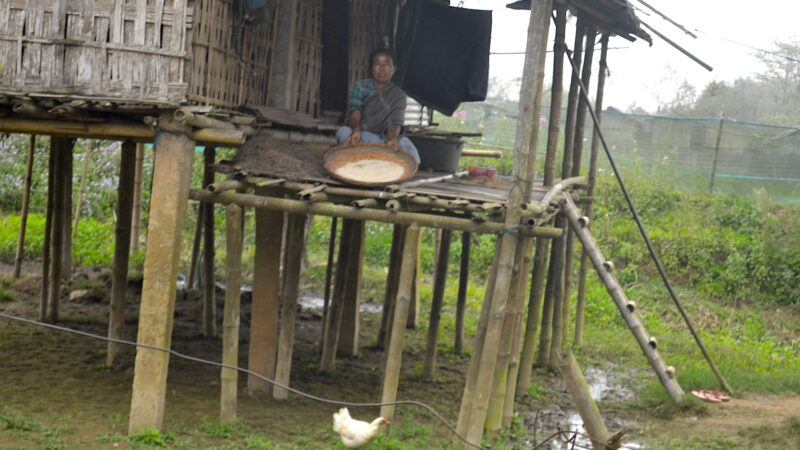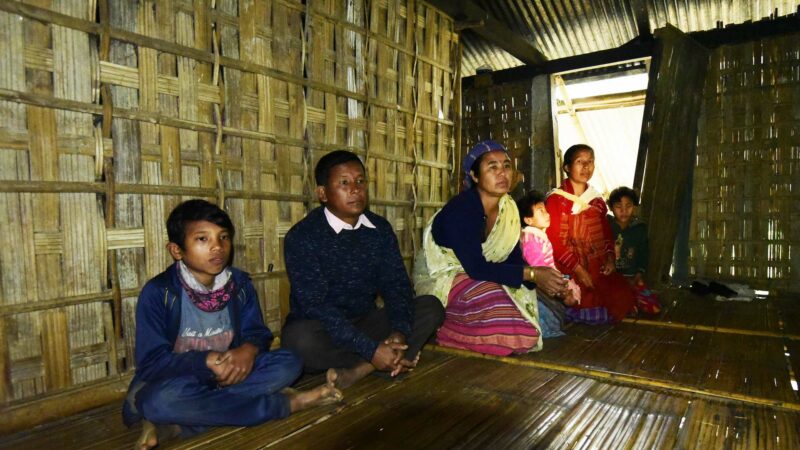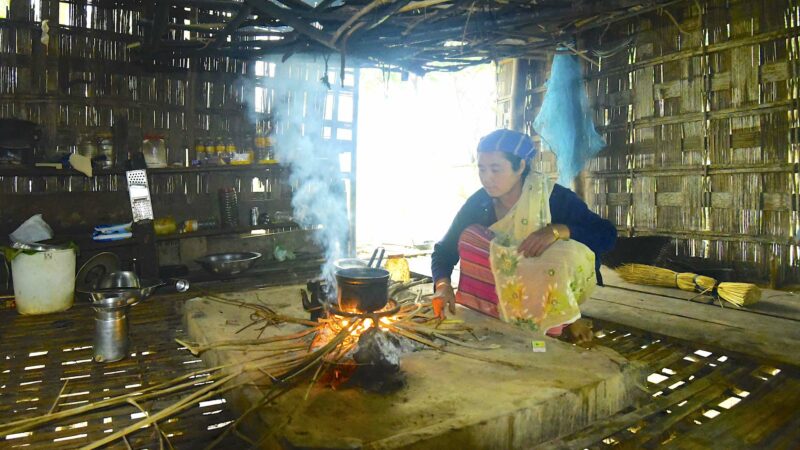Jake Zuckerman, Ohio Capital Journal
February 17, 2022

UNARMED PEACEFUL PROTESTERS ARE DEEMED RIOTERS IN OHIO
The Ohio House passed two bills Wednesday that together would create new penalties and stiffen preexisting ones for people engaged in what the law considers to be “riots,” and another revoking a current police power to limit the transfer of guns and weapons during a “riot.”
House Bill 109 creates new felony offenses of “riot assault,” “riot vandalism,” and “bias motivated intimidation.” It also enhances penalties for existing offenses like rioting, aggravated rioting, disorderly conduct, and vandalism.
It also borrows language from state laws dealing with funding or supporting terrorism to expand the offense of racketeering to include knowingly providing material support to or organizing a crowd into a riot.
Lastly, it creates a new avenue for police officers to file civil lawsuits if they’re injured during a riot, if their civil rights are infringed while on duty, or if a “false complaint” is filed against the officer.
The legislation passed nearly along party lines, though Rep. Jamie Callender, R-Concord, voted with Democrats in opposition. It comes less than two years after protests erupted nationally when a Minneapolis police officer was captured on camera murdering George Floyd, an unarmed Black man. A vast majority of those demonstrations were peaceful, though an estimated 6% nationally turned chaotic and destructive.
The second bill would strike a section of current law that allows the top police officer in a jurisdiction, when suppressing a riot or when one might arise, to cordon off the area and block through-traffic. That officer can prohibit the sale, dispensing or transportation of firearms, ammo, dynamite, or other explosives.
It passed on party lines with Republicans in support and Democrats opposed.
Riots
Its sponsors, Reps. Sara Carruthers, R-Hamilton, and Cindy Abrams, R-Harrison, said the bill is focused on the small groups of “agitators” who hijack peaceful protests and turn to destruction. Rep. Haraz Ghanbari, R-Perrysburg, made similar comments, at one point suggesting that some of the protesters in 2020 were “bused in and driven in from other parts of the country.”
Democrats described the bill as an affront to people expressing their rights to speak and peacefully assemble. Rep. Dave Leland, D-Columbus, emphasized that most of what the bill targets is already illegal.
Much of the opposition centers on the broad definition of the term “riot.” Ohio law defines a riot as a group of four or more people engaged in disorderly conduct with the purpose of committing a misdemeanor. When the bill passed in committee, several social justice protesters stood in protests with red “X” letters taped over their coronavirus masks.
Several Democrats noted the racial dynamics of the issue — a mostly white group of lawmakers passed legislation to crack down on protests that formed in response to racial injustice.
“When we look at the details of the bill, there are inadvertent consequences for people simply wanting to speak and say, ‘Enough is enough,’” said Rep. Dontavius Jarrells, D-Columbus.
Carruthers said the bill isn’t about race or even any specific protest.
“This is not a racial issue, not even close,” she said. “This is about someone throwing a brick through a building.”
Guns
Rep. Scott Wiggam, R-Wooster, introduced the guns bill, a major priority of the Buckeye Firearms Association. He said while the governor and health department did not close down any gun stores during the COVID-19 lockdowns of early 2020, the bill ensures it remains that way in the future.
Democrats in the chamber said the bill infringes on a doctrine within the Ohio Constitution that calls for “home rule” on policing issues. Rep. Jessica Miranda offered an amendment to reshape the bill to continue to allow local police to limit firearm sales and transfers in a cordoned off area where a riot is taking place.
The amendment was voted down.
Ohio Capital Journal is part of States Newsroom, a network of news bureaus supported by grants and a coalition of donors as a 501c(3) public charity. Ohio Capital Journal maintains editorial independence. Contact Editor David DeWitt for questions: info@ohiocapitaljournal.com. Follow Ohio Capital Journal on Facebook and Twitter.














